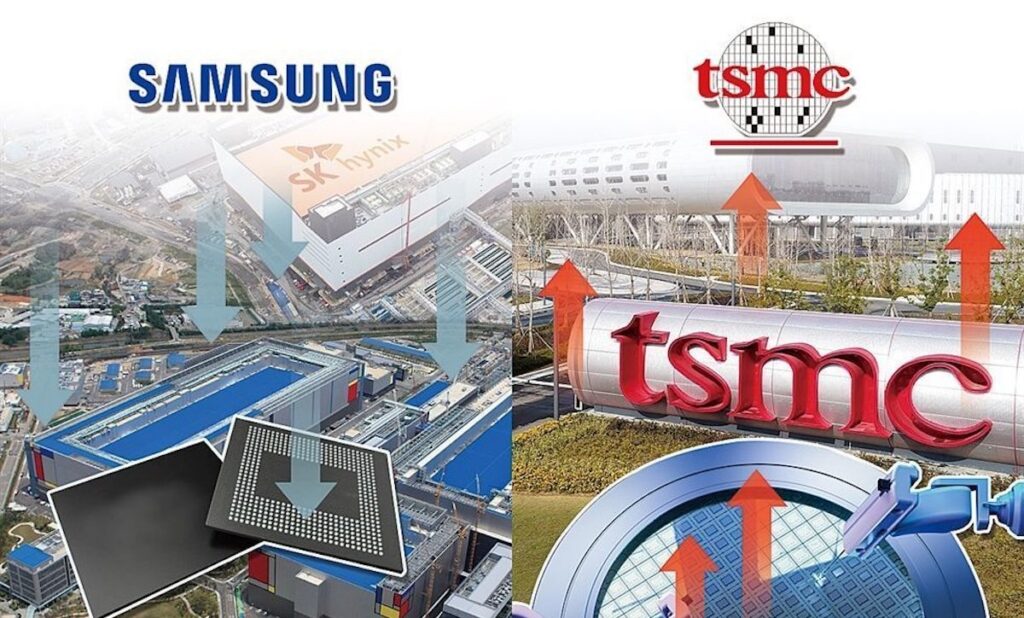The rally in Asian chip stocks after Nvidia’s latest stellar earnings release tells only half the story of what is unfolding across global markets.
Investors saw SK Hynix climb, Samsung surge, TSMC advance and Foxconn strengthen. They saw Nvidia deliver another quarter of exceptional revenue and raise forecasts again.
What many didn’t see, or chose not to confront, is that this moment marks the beginning of an AI reckoning that will shape investing long after the reaction to a single earnings release fades.
I have spent two years watching the world price AI as if the path forward were linear. Capital has poured into models, data centers, chips and cloud infrastructure at a pace that exceeds anything in recent memory. Markets rewarded speed and the scale. They rewarded ambition without always demanding discipline.
However, I believe that this era is ending.
The signs have been accumulating. Major indices have absorbed days of heavy selling. The Nikkei has recorded sharp declines. US benchmarks have broken through important levels as investors reevaluate the foundations of the rally that carried markets through 2023 and 2024.
The pressure has been concentrated inside AI and tech because AI and tech have carried the market. When the core weakens, the entire structure trembles.
The narrative that AI will lift every company involved in the ecosystem is losing credibility. The latest earnings season exposed a divide between firms that can convert investment into real earnings power and those that rely on distant assumptions.
Alphabet and Amazon delivered evidence of disciplined integration. Meta and Microsoft faced pushback as capital spending overshadowed clear commercial progress. Tesla struggled with profitability. Large parts of the market have been priced for perfection, yet their execution remains unproven.
I expect 2026 to be defined by this divide. The global economy is entering a phase where investors will stop accepting scale as a substitute for resilience.
They’ll increasingly want evidence that investment in AI is strengthening margins, not just expanding infrastructure. They want companies that can show the discipline to slow spending where necessary, rather than chase an arms race without knowing how to monetize it.
Nvidia, of course, sits at the centre of this tension. Its performance sets expectations across the entire technology complex, particularly in Asia where the supply chain runs through memory leaders, foundries and advanced packaging specialists.
SK Hynix, Samsung, TSMC and Foxconn may rally on good news, but no company is immune to the likely broader recalibration. Investors know that even the strongest companies can be exposed when the valuation framework shifts from momentum to evidence.
This shift will intensify as policy under President Donald Trump reshapes global conditions. Export controls are redefining access to advanced computing in China. Supply-chain security is no longer an abstract theme but a guiding force shaping capital allocation.
Companies operating in the strategic core of AI must demonstrate how they intend to manage these constraints. The rhetoric of limitless demand is no longer enough. Investors want detailed answers. They want to know how firms will maintain margins under regulatory pressure and how supply plans will adjust when geopolitics intervene.
The reckoning has already begun to surface in market behavior. Investors have started to challenge the assumption that AI investment automatically produces durable returns.
They’re questioning the sustainability of capital cycles that expand faster than adoption curves. They’re asking how companies will handle rising input costs from energy, skilled labor and advanced chips. They’re looking closely at valuations that imply a future that few firms have fully mapped.
This is why Nvidia’s results, despite their strength, do not resolve anything. They illuminate the opportunity but they also heighten the scrutiny.
Investors will dissect the performance of the Blackwell platform, the absorption of Hopper inventory, the progress of sovereign AI deals and the pace of hyperscaler orders. They are no longer satisfied with raw demand numbers. They want visibility on durability.
The market’s sensitivity is not a sign of weakness. It is a sign of transition. Investors are moving from admiration to interrogation. They are shifting from celebrating ambition to judging execution.
The firms that can demonstrate discipline, control over spending and a proven ability to convert AI deployment into earnings will command the premium valuations of 2026. Others can be expected to fall away.
The enthusiasm in Asian chip markets shows how much optimism remains, and the fundamentals of these firms justify attention. Yet even they operate inside a global structure that’s likely to be moving into a different phase.
The next stage of AI will not necessarily reward the companies that scaled the fastest. It can be expected to reward the ones that understand how to turn scale into consistent returns in a tougher environment.
This is the reckoning that is beginning now. It is not a collapse. It is not a reversal of the AI era. It is a recalibration of what investors value, what boards prioritise and what companies must do to justify their place in a market that is no longer willing to rely on momentum alone.
The winners of 2026 will be the companies that recognize this shift and act before they are forced to.
Nigel Green is CEO and founder of the deVere Group.

